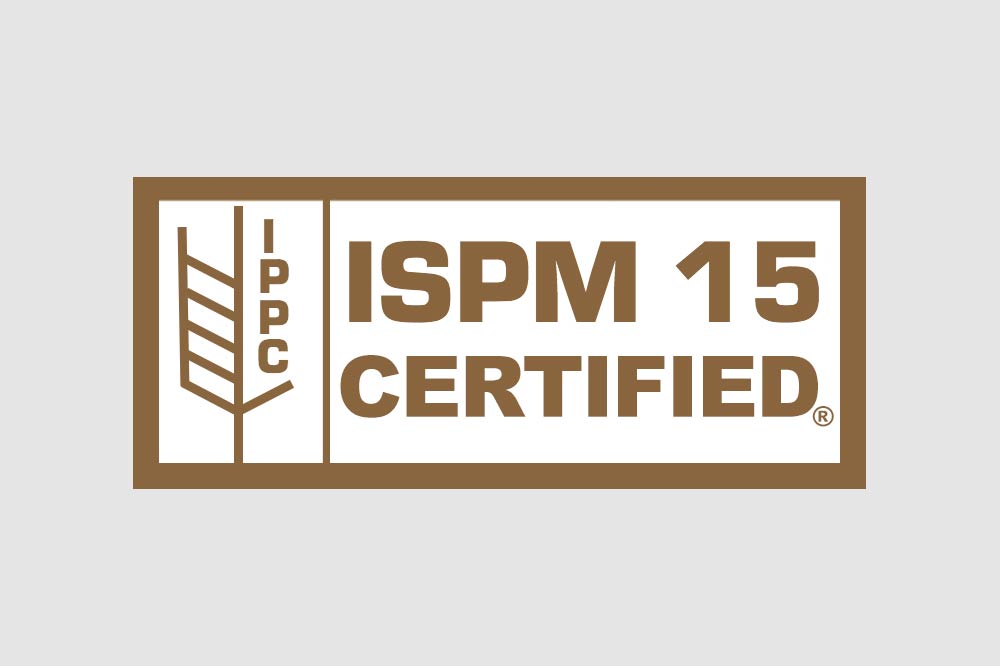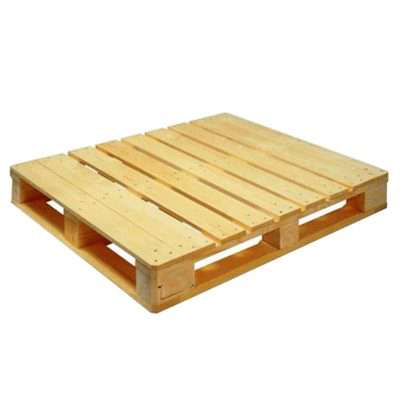
ISPM 15 is an international standard that governs the treatment of wood packaging materials such as pallets, crates, and dunnage, intended for export. This standard aims to prevent the spread of invasive species and plant diseases that could have devastating consequences on global ecosystems, agriculture, and forestry. In this article, we will explore what ISPM 15 is, why it is necessary, how it benefits wooden pallets, and what the requirements are for complying with the standard.
What is ISPM 15?
ISPM 15 is an acronym for International Standards for Phytosanitary Measures Publication No. 15. It is a standard developed by the International Plant Protection Convention (IPPC) to regulate the movement of wood packaging materials across borders. The IPPC is an intergovernmental treaty organization established in 1952 to protect global plant health.
ISPM 15 applies to all solid wood packaging materials (SWPM) including pallets, crates, and dunnage. It mandates that all such materials be treated with a specific method and marked with a seal to confirm that they meet the standard.
Why is ISPM 15 necessary?
ISPM 15 is necessary because wood packaging materials are a significant pathway for the spread of pests and diseases that can harm plants, trees, and crops. These invasive species can be transported in the wood of pallets, crates, and dunnage, as well as in the soil, bark, and other debris that can become attached to the wood.
Invasive pests and diseases can have devastating consequences on ecosystems, agriculture, and forestry. They can damage crops, trees, and native plant species, leading to economic losses, ecological imbalances, and even human health hazards. Therefore, it is crucial to prevent their spread through the movement of wood packaging materials across borders.

How does ISPM 15 benefit wooden pallets?
ISPM 15 benefits wooden pallets in several ways. Firstly, it ensures that the pallets are treated with an approved method that kills any pests and diseases that may be present in the wood. This treatment typically involves heat treatment or fumigation with methyl bromide, which is a highly effective way to eliminate pests and diseases without damaging the wood.
Secondly, ISPM 15 provides a universal standard for wooden pallets that facilitates international trade. By complying with the standard, pallet manufacturers and exporters can avoid costly and time-consuming inspections and delays at border crossings. They can also ensure that their pallets are accepted in any country that requires compliance with ISPM 15.

Thirdly, ISPM 15 promotes the use of sustainable and renewable resources in the packaging industry. Wooden pallets are one of the most environmentally friendly packaging materials available. They are made from a renewable resource, are recyclable and biodegradable, and have a lower carbon footprint than plastic or metal alternatives. By promoting the use of wooden pallets, ISPM 15 supports sustainable packaging practices and reduces the environmental impact of the packaging industry.
What are the requirements for complying with ISPM 15?
To comply with ISPM 15, wooden pallets must meet the following requirements:
- The wood must be treated with an approved method. The most common methods are heat treatment and fumigation with methyl bromide. The wood must be heated to a minimum core temperature of 56°C for 30 minutes or fumigated with a concentration of at least 48g/m3 for 24 hours.
- The wood must be marked with an approved seal. The seal must include the IPPC logo, the two-letter ISO country code, the unique registration number of the treatment provider, and the abbreviation of the treatment method used.
- The pallets must be accompanied by a phytosanitary certificate. This certificate confirms that the pallet has been treated and marked in compliance with ISPM 15 and is free from pests and diseases.
- The pallets must be made from debarked wood. This means that all bark must be removed from the wood before treatment. Bark can harbor pests and diseases, and removing it reduces the risk of their spread.
- The pallets must be made from solid wood. This means that they cannot contain any composite or engineered wood products such as plywood or particleboard. These products may not be able to withstand the heat treatment or fumigation process and can be a source of pests and diseases.
It is the responsibility of the pallet manufacturer or exporter to ensure that their pallets comply with ISPM 15. Failure to comply can result in the rejection of the pallets at the border, fines, and even legal action. Therefore, it is essential to work with a treatment provider that is authorized to apply the ISPM 15 treatment and mark the pallets with the approved seal.
Follow us for more news and updates on our Official Facebook, Linkedin, Instagram, and Twitter.
